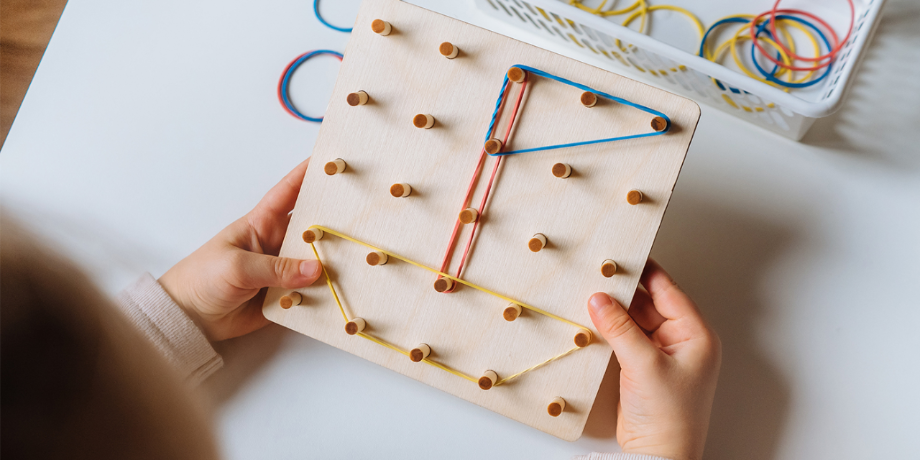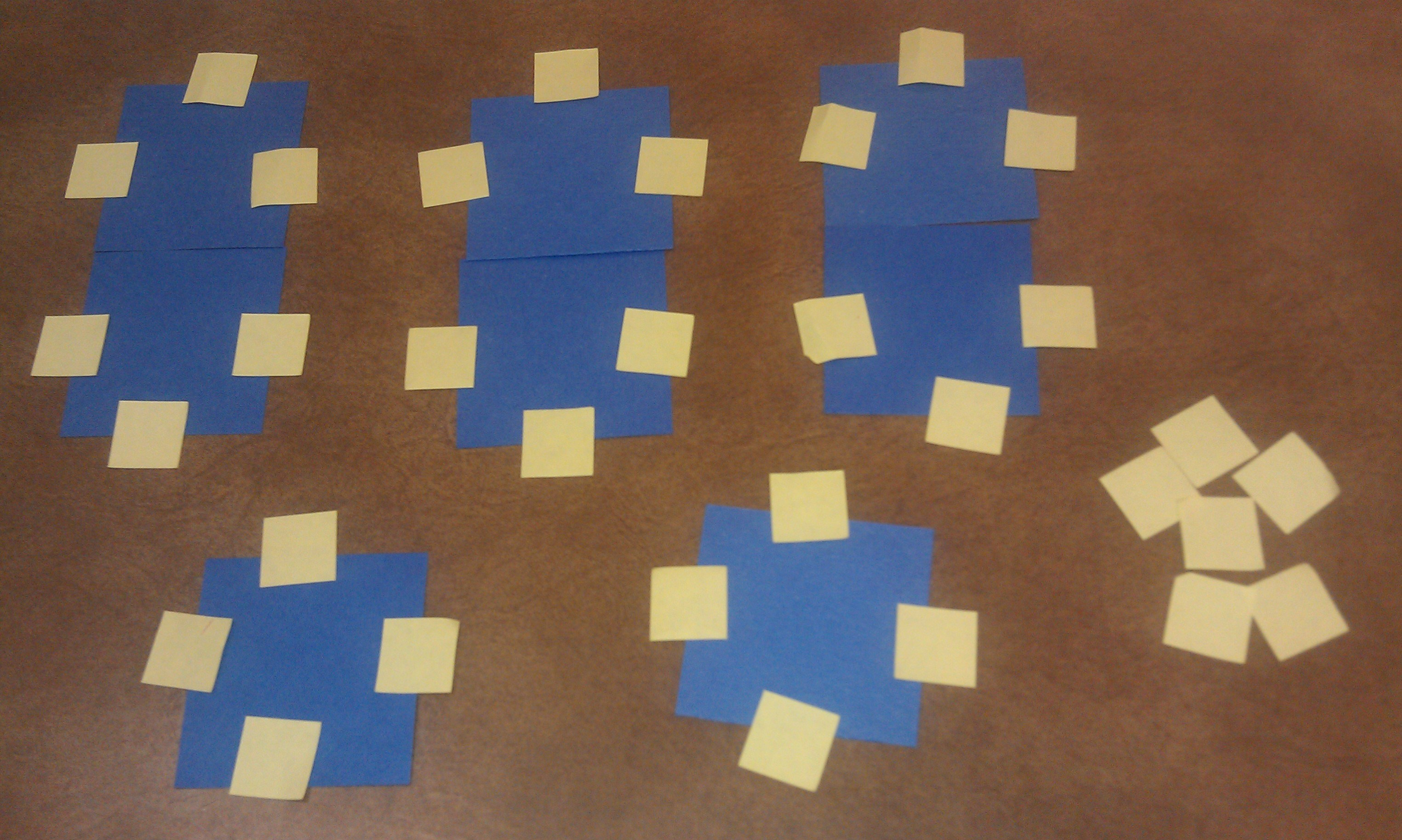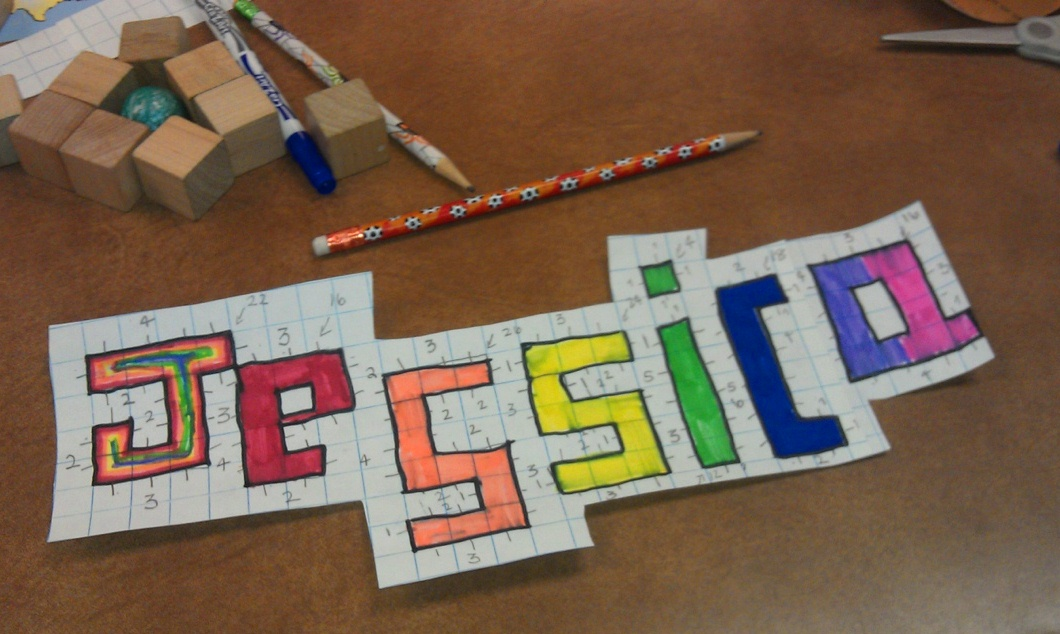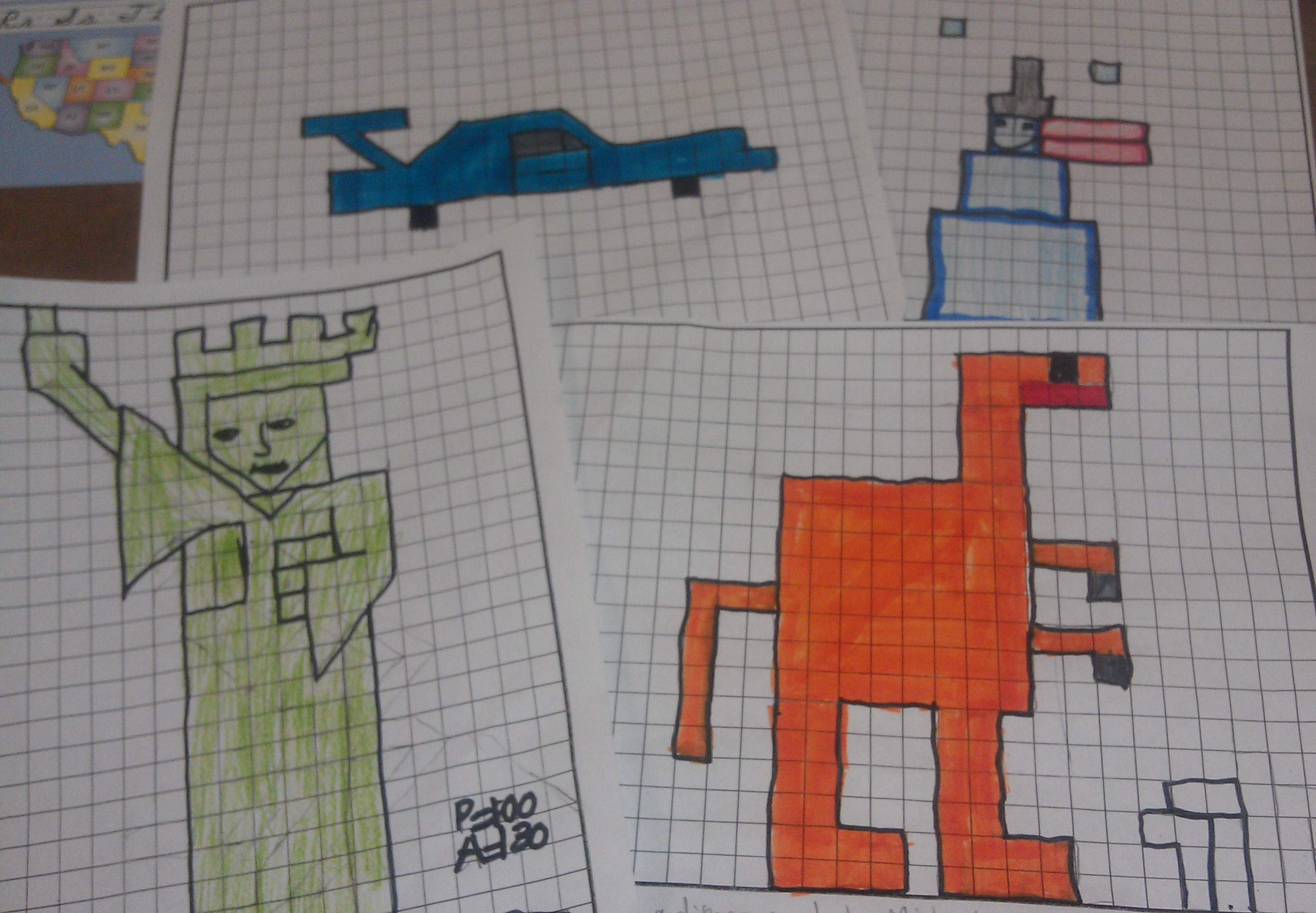When she first introduced area and perimeter, third-grade teacher Genia Connell noticed her students struggling to grasp the math concepts. She found that “the best way to help students learn the difference between the two (and how to properly calculate each) is to have them engage in several different hands-on activities.”
Connell uses the following activities to teach area and perimeter separately and then reinforces them with engaging cumulative activities that emphasize both concepts together.
Introduce the Concepts
These books will provide a great introduction to perimeter and area for your students, as well as differentiated practice activities for various grade levels and abilities.



